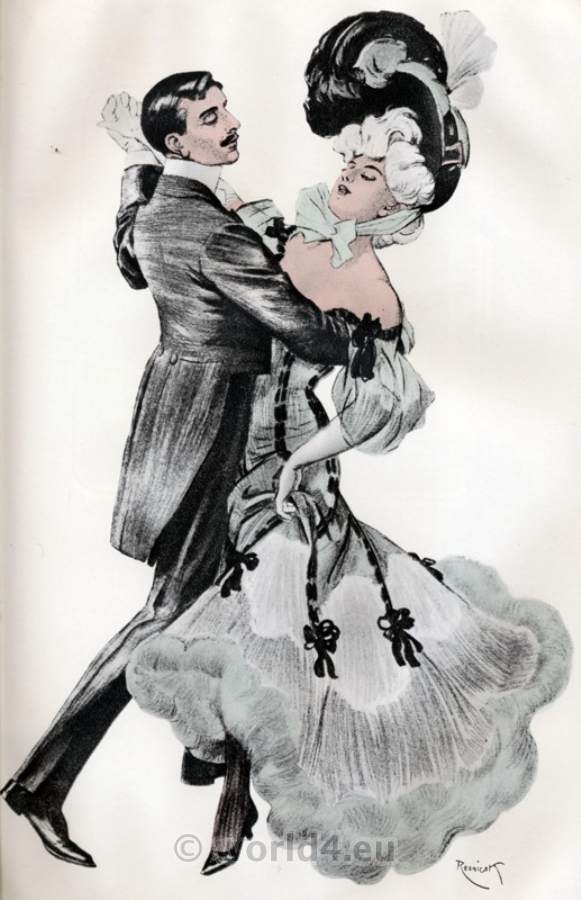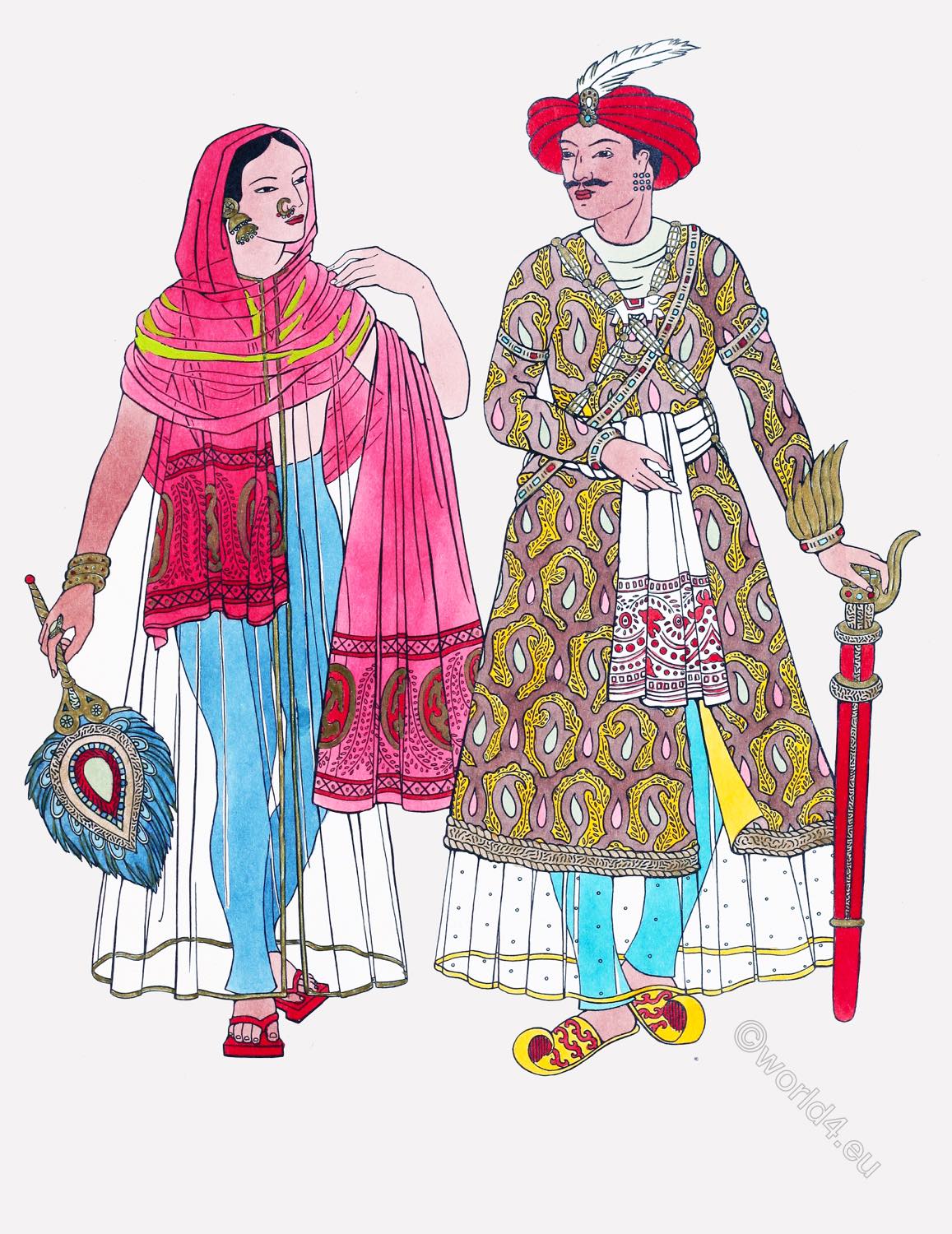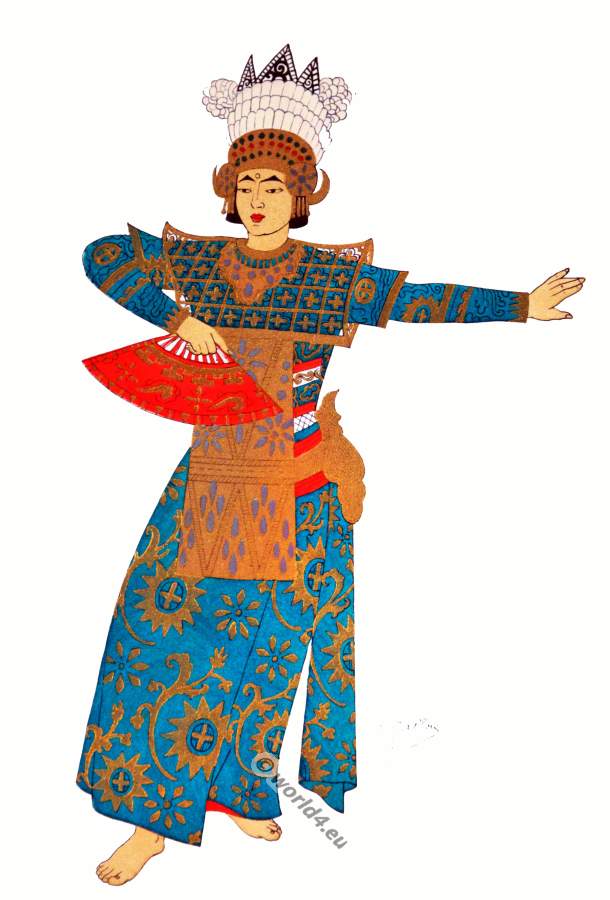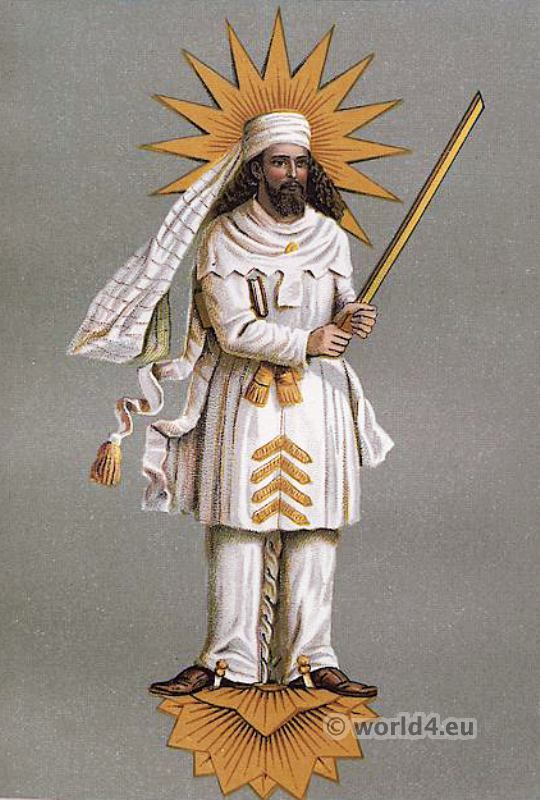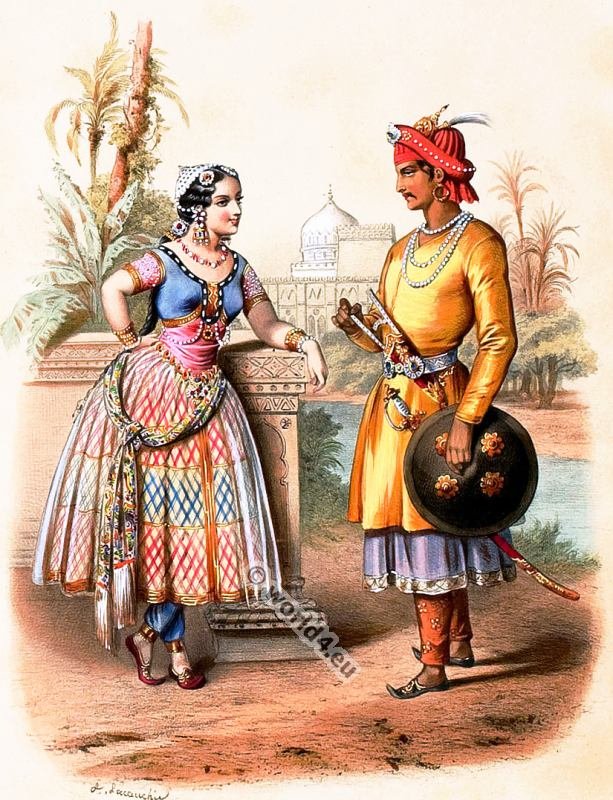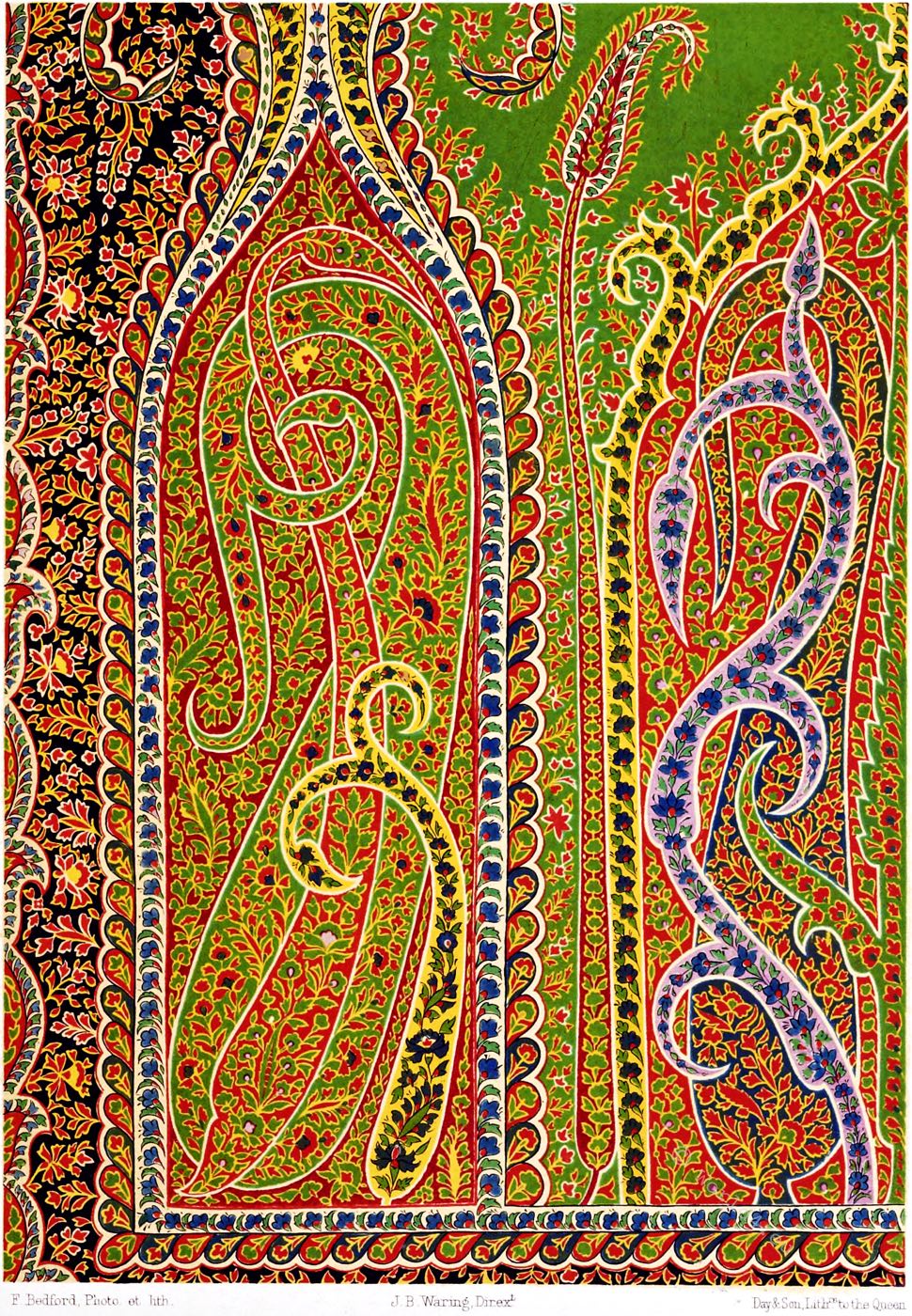
B,hugtee,a, or Dancing Boy.
THE dress of the Asiatics is at all times effeminate; and when boys are dressed for exhibition, as represented in the plate, there is nothing whatever, except the turban, to distinguish them from the other sex.
The same ornaments, such as necklaces, bracelets, ear, finger, and toe rings, decorate the boys as well as the Nautch girls, and like the latter, they frequently exhibit at the numerous festivals common throughout India. The cast of features of the Asiatics while young is very feminine, and a boy dressed in this fashion might easily pass for one of the other sex.
Source: Asiatic costumes; a series of forty-four coloured engravings, from designs taken from life: with a description to each subject by Captain Smith and Rudolph Ackermann. London 1828.
Source: Asiatic costumes; a series of forty-four coloured engravings, from designs taken from life: with a description to each subject by Captain Smith and Rudolph Ackermann. London 1828.
Discover more from World4 Costume Culture History
Subscribe to get the latest posts sent to your email.

